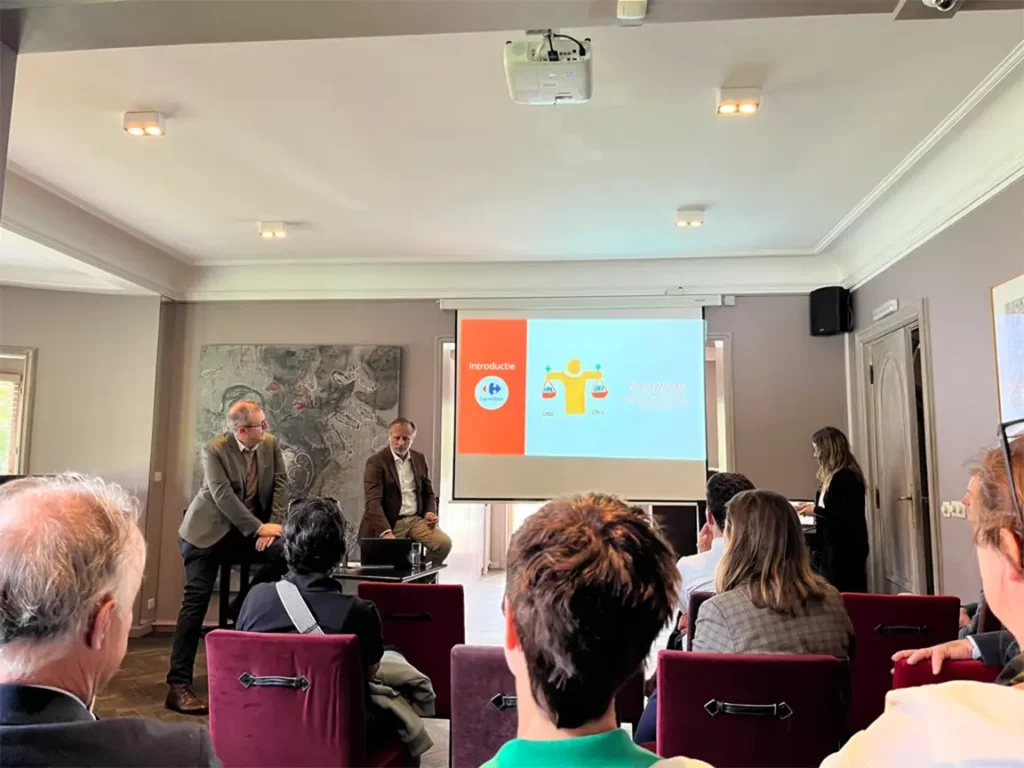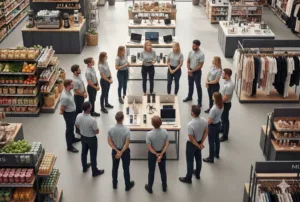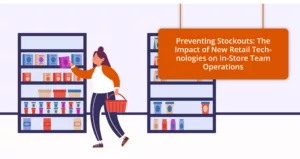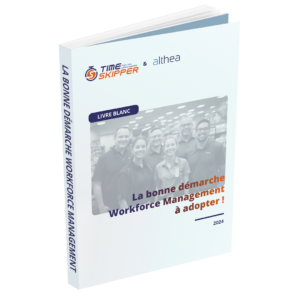Carrefour Belgium: how can we increase the productivity of points of sale in an inflationary, competitive and changing environment? Answering this question also means understanding how to overcome the challenges facing retail. The Belgian retail sector is under pressure, and it has never been more crucial for retailers to differentiate themselves from the competition. With fierce competition and persistent inflation, the challenges are huge. But at Carrefour Belgium, we see these obstacles as opportunities to shine! Thierry MICHIELS, Lean Director, takes us behind the scenes of their innovative strategy, which is based on excellence in shop operations and improved productivity.
1) The Belgian retail sector under pressure
With an impressive density of food shops – four per 10,000 inhabitants – Belgium is an intense playground for retail players. By way of comparison, in France we have around three shops per 10,000 inhabitants. With stagnating sales volumes and inflation putting enormous pressure on profit margins, every retailer has to optimise its costs and rethink its approach to stay in the race.
2) Operational model: simplifying for better performance and preparing the ground
At Carrefour Belgium, operational excellence is the watchword. To achieve this, the company has reorganised its hierarchical structure, making it more agile and less stratified. This new organisation facilitates communication and enables us to adapt quickly to changes in the market. This simplification of organisational structures and processes is the very essence of Lean Management. Adopting the principles of the Lean culture has also enabled Carrefour to improve its productivity. By eliminating non-value-added activities and successfully introducing LEAN into its processes, the company has been able to achieve significant productivity gains, reduce costs and improve the quality of its customer service. Thierry MICHIELS stresses the importance of everyday tools such as the 8 types of waste [1], the standards of work [2] and the Gemba Walk [3].
Digitalisation also plays a key role in improving productivity at Carrefour Belgium. The introduction of mobile devices with applications that allow employees to be more on the sales floor has enabled staff to improve their efficiency.
Finally, Carrefour Belgium has chosen to focus on customer perception. In addition to the strong ‘555’ culture [4], the chain has established active NPS monitoring and a real action plan. An action plan designed around three axes: goodays, round tables and mini-surveys.
3) Towards a performance culture
Operational excellence is an ongoing exercise. Today, the need to control costs while also being aware of the lack of resources in the market is important. Knowing how to do the same or even better with less is therefore no longer an option! That’s why the Lean culture at Carrefour Belgium is so firmly rooted. However, getting people to adopt such a culture is no mean feat. So how do you successfully manage change? Thierry MICHIELS gives us the keys to success. Communicating a clear vision and a precise objective to be achieved within a defined timeframe to all teams is essential. This is what Thierry MICHIELS calls the ‘northstar’. We also need to establish a ‘KATA’ culture, based on repetition to make progress, identify obstacles and resolve them transparently. Top management must also take into account feedback from the field in order to improve – this is what we call the ‘Gemba Walk’.
4) Sustaining a profitable and efficient model
Framing an organisational model is not enough, we now need to monitor performance and capture gains. A key element of this strategy is the integration of the TimeSkipper solution, which enables the new TOP 2.0 organisation to take shape. TimeSkipper provides real-time visibility of operational performance, enabling management to identify each employee’s workload, overload and available time at all times.
Managers also have the power to distribute the workload fairly and transparently. This operational decision-making is the key to success in capturing timely gains. To ensure the sustainability of productivity gains, Carrefour Belgium has introduced a performance culture based on the DMAIC method (Define, Measure, Analyse, Innovate, Control).
This method is used to structure improvement initiatives and ensure that they are based on rigorous data and analysis. Identifying ‘best in class’ shops and shops with room for improvement is the best way to improve the shop base. Benchmarking with other brands also helps to identify best practices and integrate them into Carrefour’s internal processes.
Conclusion
In conclusion, Carrefour Belgium is a perfect example of how a dynamic and continuous approach to productivity improvement can achieve operational excellence, combining the integration of innovative solutions such as TimeSkipper. The company’s initiatives show that it is possible to turn obstacles into opportunities, while laying the foundations for sustainable future growth. By adopting a culture of performance and continuous improvement, integrating digital technologies and focusing on the customer, Carrefour Belgium is positioning itself, beyond its sales and market share, as a leader in the Belgian retail sector. Lastly, Thierry Michiels adds that in the face of the challenges ahead, the role that artificial intelligence will play and is already playing will be decisive in sustaining productivity and maintaining operational excellence in the points of sale, in order to respond ever more effectively to the ever-changing expectations of customers.
Lexicon
[1] 8 types of waste: 8 themes to follow in order to limit the sources of LEAN waste (defects, overproduction, lead times, under-utilised skills, transport, inventory, movements, over-quality).
[2] Standards of work: Good practice.
[3] Gemba Walk: Practice of visiting the workplace where value is created to observe processes in action, listen to employees, identify problems and look for opportunities for improvement.
[4]555: Carrefour method placing the customer at the heart of its strategy: 15 customer expectations divided into 3 themes





